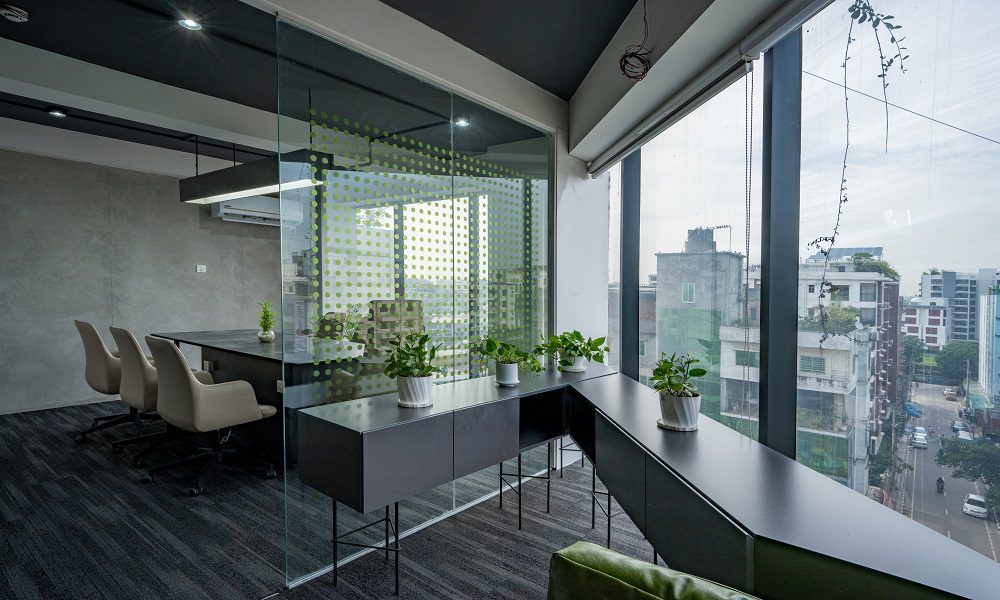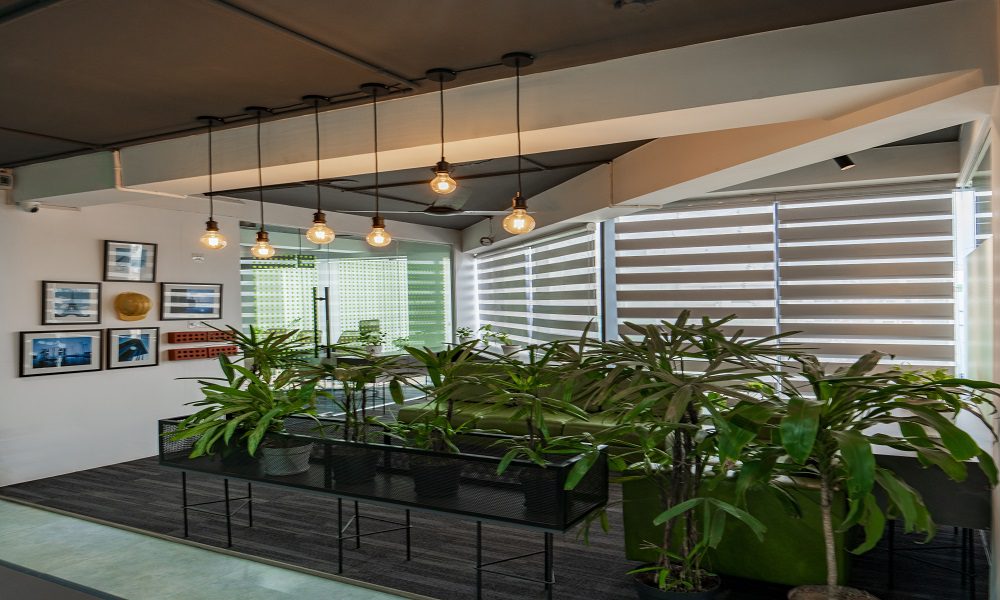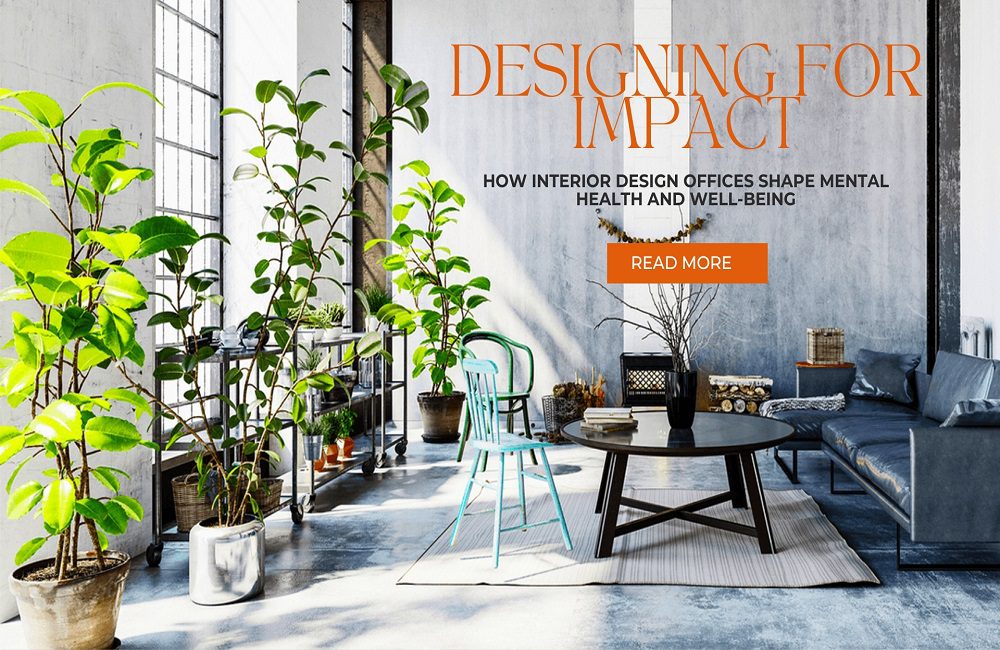Designing for Impact: How Interior Design Offices Shape Mental Health and Well-Being
There is nothing more valuable than mental health and well-being. Life today is very stressful due to the demanding jobs, lack of spare time, and many other office-related policies/factors. In addition, a poorly designed office interior deteriorates the mental health of the inhabitants further. In truth, a well-designed interior office improves mental health and well-being and can lead to increased productivity and creativity, which is the ultimate goal of an office/company. Interior design elements can improve the emotional impacts of the space. Interior design offices consciously manipulate design elements to encourage creativity, peace, and happiness among employees.
Let’s discover in this blog how interior design offices shape mental health and well-being and what aspects the office’s interior designs should take into consideration.
Decluttering Office Space
A sense of spaciousness can elevate a person’s mood and mental health. People tend to be more creative and productive in a more spacious office space. The positive effects of spaciousness are simply achieved in an office space by decluttering. Interior design offices that are clean and have minimal clutter facilitate better moods. Proper organization of furniture and storage systems in an office interior design feel noticeably cleaner, brighter, and happier.


Functionality and Practicality
It is important to look at how employees function in an office space to cater them the best work environment. Interior design offices prioritize functionality and practicality in the design aspects to create a more efficient and comfortable work environment. Besides creating a visually appealing workspace, interior design offices focus on interior designs that are functional and ergonomically feasible for employees to work efficiently. The right work equipment in an office interior design reduces injuries and exhaustion of employees from sitting at a desk for a long period. Investing in the right equipment such as appropriate chairs, desks, and keyboards, significantly improves the work quality and mental well-being of an employee.


One of the most impactful elements of mental health in an office interior design is color. According to several studies/research, each color is associated with psychological effects. Some colors drastically evoke certain emotional responses. In many office interior designs, lighter tones are applied to the walls, and ceiling, which evokes a relaxing effect. For example, pastel, and lavender is used which gives a soothing effect. Besides, in certain office spaces/settings, bright colors such as orange, and yellow are used. The bright colors are associated with energy, competition, and innovation. Interior design offices ensure they choose the appropriate color spectrum that may uplift employees’ emotional state, mental health, clarity, and well-being.


Presence of Sunlight
Did you know sunlight reduces depression and is a mood lifter? Lack of sunlight can trigger sadness and increase anxiety. Office interior designs strategically design spaces to bring sunlight to its floors so that employees receive ample amounts of sunlight. Employees with access to natural light noticeably outperform. On the contrary, they show a qualitative lack of work and show poor signs of sleep when they work only under artificial light.


Plants and Flowers
From various analyses, the presence of plants and flowers effectively elevates moods and reduces stress and anxiety. As a result, you will find many office interior designs that incorporate plants and plenty of flowers. Plants and flowers can instantly change a dull, lifeless office interior space to an inviting working place. Office interior designs include many types of houseplants which are natural air filters, that help in reducing allergens and improve air quality. No wonder they help employees feel more relaxed, calm, and happier.


Art Installations
Viewing art is another important design tool that shows a positive impact on mood and mental health. Different styles and colors can evoke specific emotions and feelings within the viewer. For example, bold colors evoke a sense of energy and excitement, while light, muted tones create a serene atmosphere. You will find many office interiors install art installations that greatly influence psychology and emotions.


Stress and anxiety are the most common mental health complaints of employees or individuals that impact their productivity and efficiency. However, interior design offices around the world, and Bangladesh, are looking closely to the matter to enhance the mental health and well-being of employees. Interior design offices utilize design techniques and approaches to reduce stress and anxiety among employees and incorporate design elements to shape mental health and general well-being.
Conclusion :
Today, interior design in offices goes beyond aesthetics; it plays a fundamental role in promoting mental health and overall well-being. Employees spend a substantial part of their lives in these spaces, making it imperative to create environments that enhance their psychological and emotional states.





